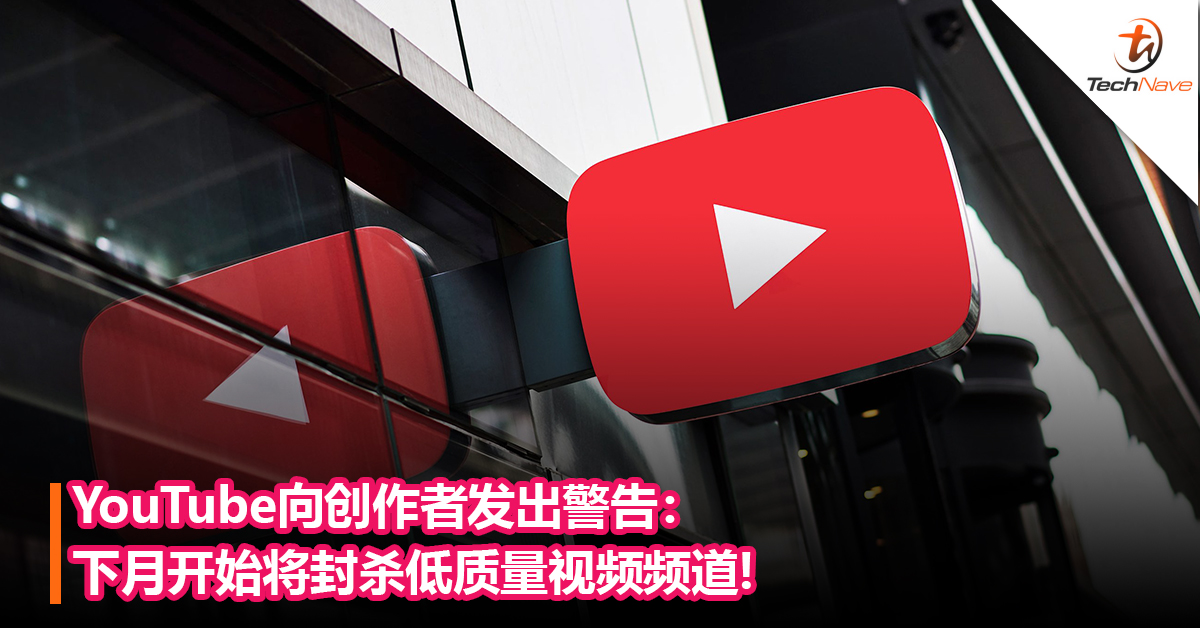
You may be better off just doing it as a hobby rather than a job.īelow are some of the most popular YouTube channels. To begin to make anything even substantial and sustaining, a YouTube channel will need to attract hundreds of thousands to millions of views monthly. Not much, considering how much time and money goes into creating really engaging videos, and how relatively hard it is to get the first 1000 views. That amounts to an additional $250 and final earnings of about $350 (a rather generous estimate). That’s approximately N56, 000.

Let’s assume the video also gets about 50,000 ad views (50% in-stream ad views is a really generous estimate). Say a video has 100,000 views (rare on the average), base earnings on that video would be in the region of $90 to $100. The stats are hard to come by but, judging by observation and some 4 year-old figures, I’d estimate that the average YouTube video only gets about 1000 views in its lifetime. Most successful YouTube partners usually rely on one “star video” for a bulk of their earnings. For in-stream ads to count as a view, the user must have seen the whole ad, or at least the first 30 seconds of the ad, whichever is smaller. about $5 ($25 in special cases) for every 1000 in-stream ad views (ads that play before the video).a fraction of a dollar for every 1000 AdSense impressions and.a fraction of a dollar for every 1000 video views.It is not clear exactly how much YouTube partners make (Google have sworn them to secrecy) but there are reportedly 3 revenue streams available for every monetized video in the YouTube Partner Program: “Thousands”, out of a million partner accounts, is in the minority Google say thousands of YouTube channels are making six figures a year (in dollars). But if you’re a YouTube creator who is looking to join the YouTube Partner Programme, you might want to consider a few things about the YouTube Partner Programme before committing to taking that leap.

The prospects are undeniably promising not only for the content creators, who now have incentive to produce more original and quality content, but for the consumers who enjoy the content.
#Youtube partner program movie
Before then, monetization privileges were reserved for the “Naija YouTube elite” – Iroko Partners and Ibaka Entertainment especially- Multi-Channel Networks to which most of the popular celebrity, movie and music YouTube channels were affiliated. Now every Toun, Dike and Ali can monetize their original YouTube uploads. In addition the YouTube Partner Program, those are: revenue sharing from YouTube Premium Channel Memberships Super Chat Super Stickers Super Thanks merchandise sales concert ticketing YouTube BrandConnect (previously known as FameBit) to connect creators with sponsors and payments from the new $100 million YouTube Shorts Creator Fund, under which creators can earn up to $10,000 per month based on viewership and engagement of their short-form videos.In August 2013, Google Africa announced they were extending the YouTube Partner Program to more African countries, including Nigeria. YouTube creators now have 10 different ways to make money on the platform. YouTube was the first digital platform to be accredited for content-level brand safety by the Media Rating Council, and it was also one of the founding members of the Global Alliance for Responsible Media (GARM), an initiative to improve digital brand safety. Today, only about 1% of videos monetized by YPP creators are flagged with a yellow dollar-sign icon (meaning they are eligible for limited or no ads), Mohan wrote. In the past few years - following the so-called “adpocalypse” that saw YouTube demonetize numerous videos and channels for not being “advertiser friendly” - YouTube has improved its efforts to help creators comply with its ad-friendly guidelines, according to Mohan. “We have every incentive to continue to tackle problematic content on our platform: It is not just the right thing for our viewers and creators, it’s also good for business,” Mohan wrote.

Every channel applying to YPP is reviewed by a “trained rater” to make sure it meets YouTube’s policies, he noted, and the platform also regularly reviews and removes channels that don’t comply with its guidelines - such as those that repeatedly violate hate speech, harassment and misinformation policies. To support its business model, YouTube also must continue investing in “cracking down on the tiny fraction of bad actors,” according to Mohan.

“And many of these creators are generating jobs and contributing to local and global economies.” “Now, more than 2 million creators participate in YPP globally, including many who might not otherwise have had a platform, from tech reviewers to entertainers,” Neal Mohan, YouTube’s chief product officer, wrote in a blog post.


 0 kommentar(er)
0 kommentar(er)
